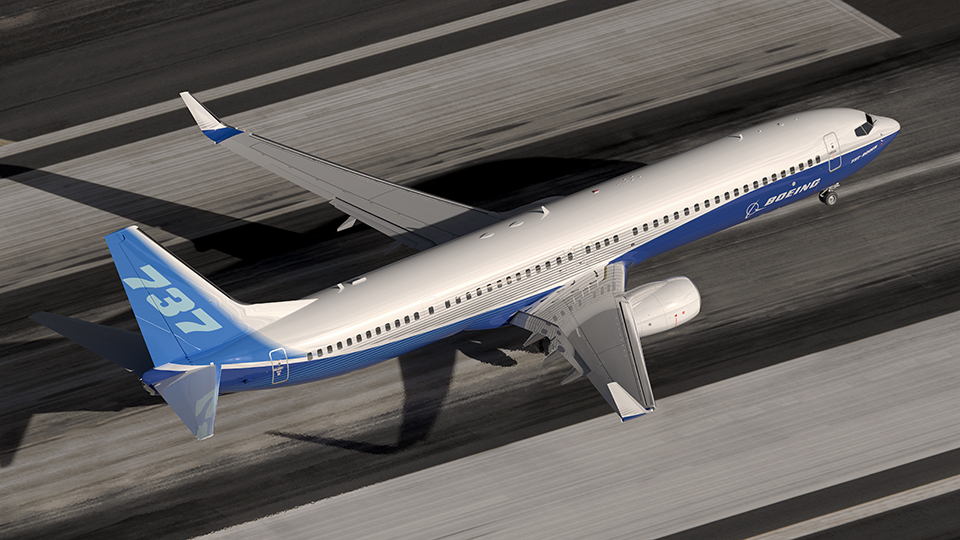WASHINGTON- The FAA is introducing a new airworthiness directive (AD) that applies to all Model 737–600, –700, –700C, –800, –900, and –900ER series airplanes manufactured by the Boeing Company.
The decision to issue this AD was prompted by a reported instance of fuselage skin lap splice cracking discovered between stations (STA) 767 and STA 787.

months to get back on its normal delivery schedule after falling behind earlier in the year. RANDAL G. ALLEN
Boeing 737 Fuselage Crack AD
This cracking occurred just below the S–14R fuselage skin lap splice, precisely where a lower skin panel buckle intersected with the upper skin of the lap splice. Also, cracking was detected below S–14R, positioned between STA 747 and STA 767.
This AD mandates the following actions:
- An inspection for any necessary repairs at specific skin lap splice locations at S–4, S–14, and S–24.
- Depending on the aircraft configuration, conducting repetitive inspections to identify buckling, wrinkling, or bulging at the affected skin lap splice areas and performing the necessary repairs.
- Conducting repetitive inspections to detect cracking at the specified locations common to fuselage skin on both the left and right sides, followed by making the required repairs.
- Implementing alternative inspections and taking appropriate on-condition actions as needed.
The primary objective of this AD is to address and rectify the identified unsafe conditions present in these aircraft products.

Global Comments
The FAA received a comment from The Air Line Pilots Association, International, expressing their support for the NPRM without any requested changes.
In addition to this, the FAA received further comments from six additional entities, which included Boeing, Aviation Partners Boeing, Delta Air Lines (DL), Southwest Airlines (WN), United Airlines (UA), and Qantas (QF).
Boeing has requested that the FAA modify a sentence in the Background section of the NPRM to state that the skin lap splice cracking ‘may have been the result of incorrect procedures…’ instead of ‘was the result of incorrect procedures…’ Boeing emphasized that they have consistently maintained that the root cause of the cracking is unknown.
The FAA acknowledges that the proposed wording offers clarification regarding the root cause. However, it’s important to note that the sentence in question is not included in the final rule. Therefore, no changes have been made to this AD in relation to this matter.
After conducting a comprehensive review of pertinent data and taking into account any received comments, the FAA has concluded that ensuring air safety necessitates the adoption of this AD in the manner originally proposed.
Consequently, the FAA is issuing this AD to rectify the safety concerns associated with these products. With the exception of minor editorial adjustments and any previously mentioned modifications, this AD is enacted in line with the NPRM’s proposal. None of these changes will result in increased economic burdens for any operators.
Stay tuned with us. Further, follow us on social media for the latest updates.
Join us on Telegram Group for the Latest Aviation Updates. Subsequently, follow us on Google News.

